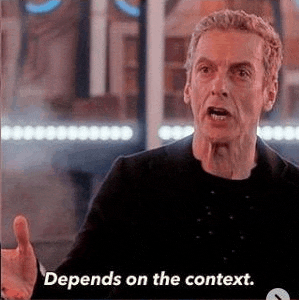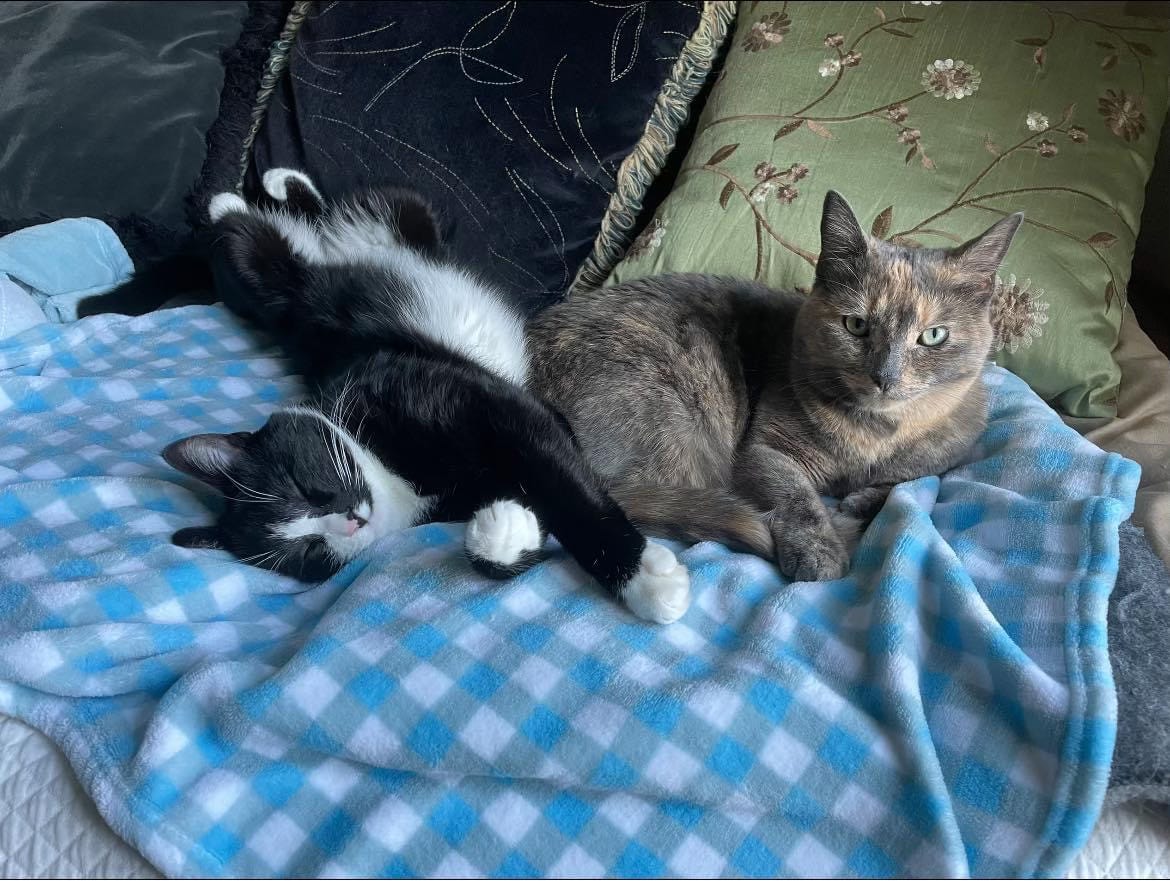It’s often assumed that it takes fewer words in English than in Romance languages to convey the same information. Having a rule of thumb in mind about relative word counts can be useful if you are, for example, a translator charging per-word rates or a designer working with multilingual products or advertising campaigns. Every now and then, however, I hear of folks who are convinced that word count can serve as a shortcut to evaluating the quality of a translation. To which I say:
It is certainly true that Romance languages get wordy in situations where English is relatively efficient. One obvious culprit is the possessive structure: Marie’s house vs. la maison de Marie, for example. Throw in a compound noun—Paul’s potato vs. la pomme de terre de Paul—and the word count can quickly get out of hand.
In other cases, however, it’s English that insists on bulking up a sentence with lots of tiny words. If you’re trying to express a simple statement like I want to be an astronaut in Spanish, you can get by with half as many words: quiero ser astronauta. (Quiero is sufficient to convey both the subject and verb, the English infinitive corresponds to a single Spanish word, and the indirect object is not used when identifying a profession with the verb ser.)
Combine the need, in English, to use a helping verb in a yes-or-no question and the option, in Spanish, to eliminate the subject of a verb if it is clear enough from context, and you could wind up with a three-to-one word ratio between ¿Duele? and Does it hurt? Add in the relative tolerance, in Spanish, for omitting an implied direct object after a transitive verb, and you can offer someone food by simply saying ¿Quieres? rather than the comparatively long-winded Do you want some?
So how do we gauge whether the word count of a translated text is too low or too high? Translators, say it with me:
If I’m translating legalese, I do expect the word count to be significantly lower in English than in a Romance language. But if I’m translating a literary work from French or Spanish into English, the overall word count tends to be similar. Sure, some passages are more concise in English, but others—especially in dialogue-heavy scenes, for the reasons described above—will be wordier. Next time around, we’ll take a look at a particular category of noun that tends to require a whole lot of unpacking when we move from a Romance language into English.
Self-Promotion Corner
I’m happy to share that my translation of a poem by Adela Zamudio appears in the latest issue of New Verse Review (where another of my Zamudio translations was published last year). And stay tuned for more (and bigger!) Zamudio news on the horizon!
A Humble Suggestion
In each newsletter, I offer at least one recommendation for your reading, watching, or listening pleasure. This time around: comedy that is both hilarious and thoughtful.
Based on visuals alone, you wouldn’t expect the latest specials by Mike Birbiglia (The Good Life) and Atsuko Okatsuka (Father) to have much in common. As usual, Birbiglia dresses in dark colors on a dimly lit stage, while Okatsuka’s set and outfit are brightly colored, to put it mildly. In tone and subject matter, however, they’re similar: Birbiglia reflects on the experience of watching his father, a notoriously hard-to-please retired neurologist, recover from a stroke, while Okatsuka dives into her renewed relationship with her father following years of estrangement. (It’s way too complicated a story to summarize here.) One more thing they have in common: trailers that fail to capture the heart of the specials as a whole. Just go ahead and watch them.
Here, Look at My Cats
I’d say it’s safe to assume we’re all looking for something to bring our blood pressure down a notch these days. This is what I’ve got to offer:
Laura








Interestingly (in my opinion), although my word count ratios are roughly 3 to 4 when translating from Finnish to English, my *character* counts are almost identical, time and again. It's all about information.
I cannot fathom why anyone gives a rat's ass about word count. It has almost zero to do with the quality of the rendering in English. As you say, context...